A Glance into History
This term, across Key Stage 3, students have taken an interactive approach in studying the impact of significant events in British history. Year 7’s have been studying the...
Filter by Category
Filter by Author

























































































































































































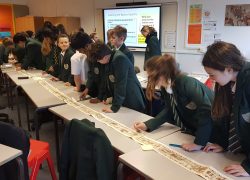
This term, across Key Stage 3, students have taken an interactive approach in studying the impact of significant events in British history. Year 7’s have been studying the...
Posted by Richard Dowty
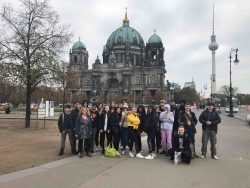
From Wednesday the 23rd to Tuesday the 29th of October 2019, there was a History and RE trip to Berlin and Krakow. It was organised and run by Mr Lyley, Mr Malik and Mrs Paddick....
Posted by Adam Lyley
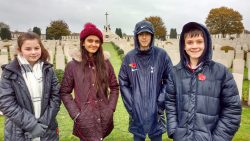
Last week, I was delighted to take four of our students on one of the First World War Centenary Battlefields trips organised and led by the UCL Institute of Education. As with...
Posted by Roger Newbold
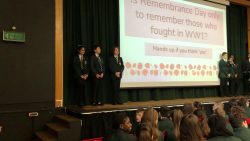
Head of History Mr Lyley and six superb students leaders led our Main School Assemblies this week focussed on the theme of Remembrance. They encouraged us to think and reflect on...
Posted by Jeremy Turner
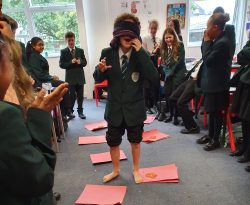
7fHi.1 are studying different types of community in medieval times in their History lessons. One community was the “tithing” which was responsible for bringing its...
Posted by Roger Newbold
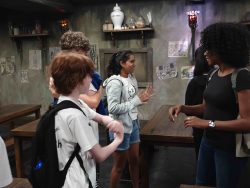
The So Last Era group went on a memorable trip on Wednesday 10th of July. We met at Bushey Station and headed towards Central London by train. The first event was the London Tour...
Posted by Adam Lyley
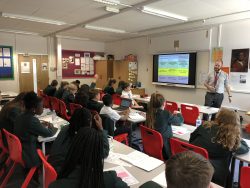
It was great to join Mr Dowty’s Year 8 History lesson on Thursday of this week as the students explored what life was like for black americans after slavery – a hugely...
Posted by Jeremy Turner
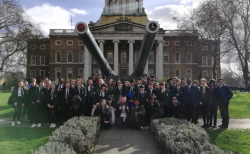
On Thursday 14th March, a portion of Year 9 students were given the opportunity to visit the Imperial War Museum in London, and see the exhibits on the Holocaust and World War 1....
Posted by Adam Lyley
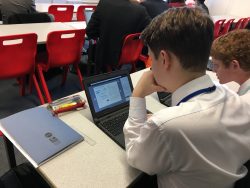
They say that we can learn from the past to shape a better future so it is always good to visit history lessons at BMS and see students so interested and engaged. In Mr Dowty’s A...
Posted by Jeremy Turner
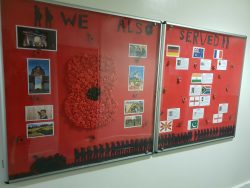
Over the last few weeks, the ‘So Last Era’ group have been making a display to go up in H Corridor. The display was about people who fought in the First World War from a minority...
Posted by Adam Lyley
This term, across Key Stage 3, students have taken an interactive approach in studying the impact of significant events in British history. Year 7’s have been studying the Battle of Hastings by examining the famous Bayeux Tapestry and identifying the key scenes affecting the outcome of the battle.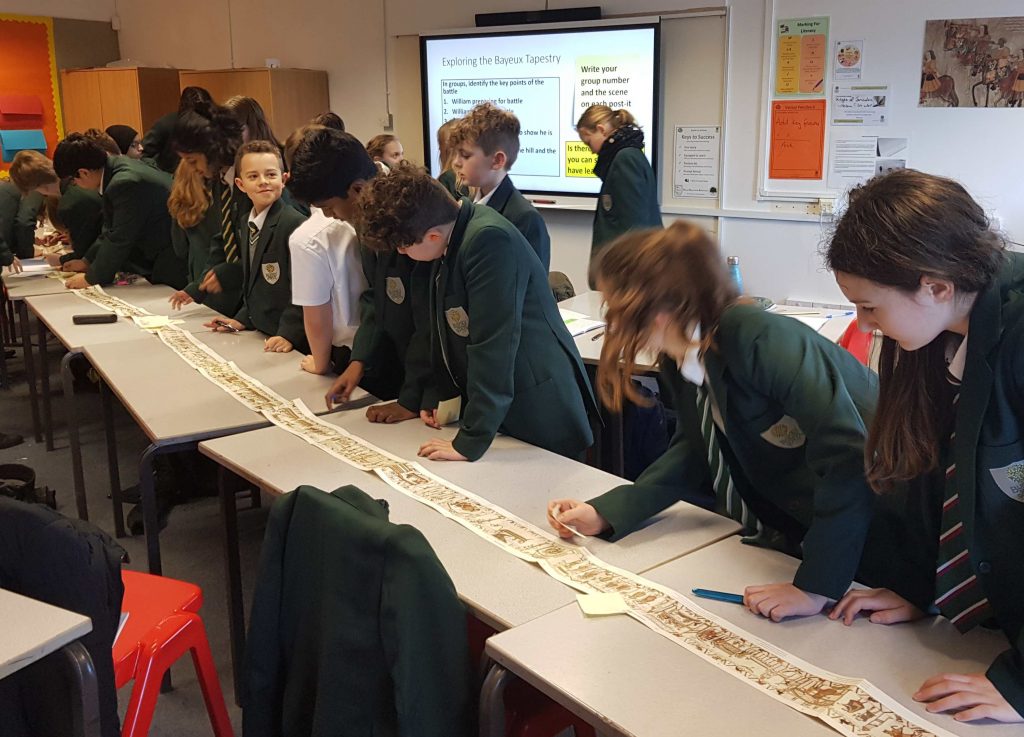
Year 8’s have been completing a project on the English Civil War, where they have been creating board games with the aim to teach others about the key people and events leading up to the war. Finally, year 9 students have been creating ‘trench guides’, leading them to discover the daily routine and struggles of an ordinary British soldier. Students have enjoyed researching these events and producing material to show off their learning.
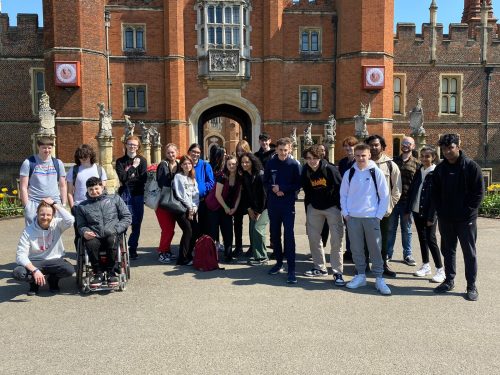
On the 21st April, the history department took the A Level history students and some of the Year 11 high achievers to Hampton Court Palace to explore the site and experience some...
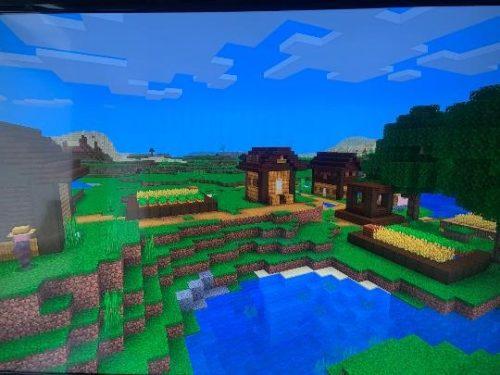
We have been learning about the history of monks and nuns, we also learnt how Saxons had to go in slavery after William the Conquer won the Battle of Hastings. We learnt about the...